All about Japanese fans
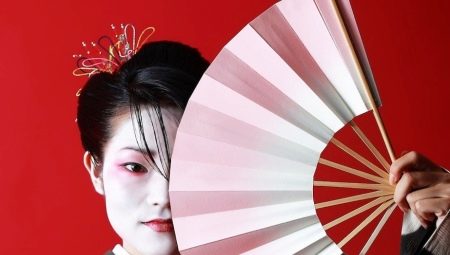
Japanese fans have a long and rich history. They were used in many spheres of life, from performances in the theater to their use in battle as weapons. This is an amazing invention that reflects the beauty and uniqueness of the Japanese flavor.
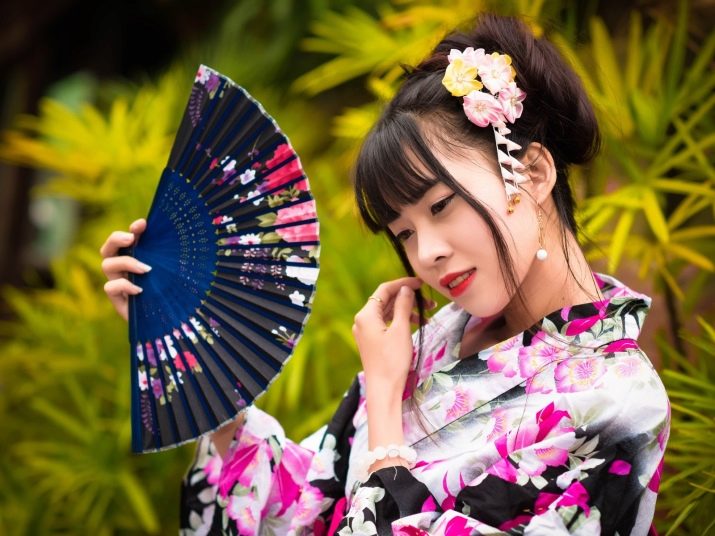
Description and history
In the culture of the Land of the Rising Sun, historically, two main types of fans have developed: sensu and utiva.
Senseu is generally believed to have Chinese roots. Perhaps the first time the Japanese learned about the fan was after the visits of ambassadors from China to Japan. Initially, they were brought to the country by traders, but soon the Japanese masters gave the fans their own unique look.
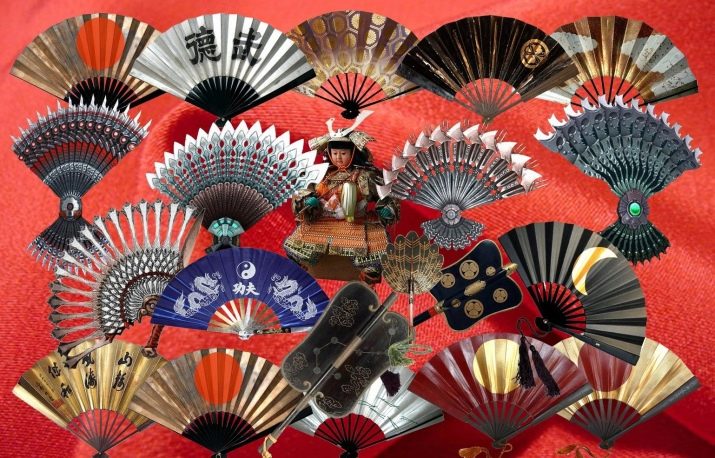
Senseu is a folding fan made up of several plates. Such fans were a purely masculine attribute, but on special occasions they were also used by women as a personal notebook during tea ceremonies.
The main application of sensu was martial arts - in the hands of samurai, an ordinary fan could become a formidable weapon. When folded, it was used as a baton, striking the enemy's head, and with a spread fan, Japanese samurai could even cut the throat of their enemy, this part was well trained for battle.


The fan could be used not only for attack, but also for protection, for example, from weapons flying at the warrior.
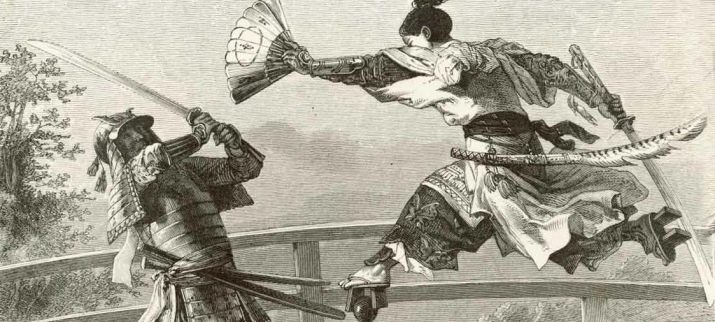
Senseu imported from China has become an integral part of Japanese traditional dress. European travelers who sailed from Holland and Portugal immediately highly appreciated the fans of Japanese masters, but in European society this household item did not gain popularity immediately and for a couple of centuries was only an outlandish adornment of the ladies of high society.

Subsequently, among the Japanese fans, another type arose - the utiva. In its shape, it resembled a fan and consisted of a wooden frame covered with silk fabric.The fan of the utiva is considered to be a primordially Japanese invention.
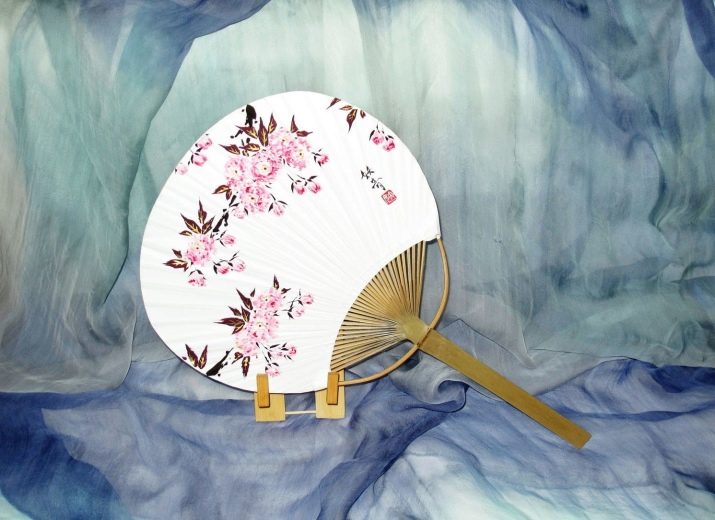
The history of the emergence of Japanese fans is closely intertwined with art, they played an important role in Japanese kabuki theater. According to the rules, only men could participate in theater performances, and in order to be more like women, they had to cover the lower part of their face, and they did this with a fan - an important theatrical attribute. Over time, fans began to penetrate the everyday life of the Japanese, where they acquired new meaning for themselves.
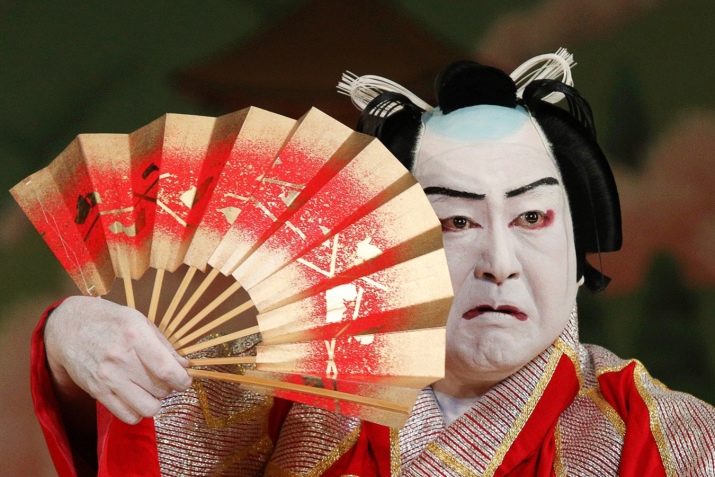
What are
Sense and uchiha served as prototypes for several more types of fans, their changes can be traced to the change of eras in Japan. The people gradually became more peaceful, and the military mission lost its significance.
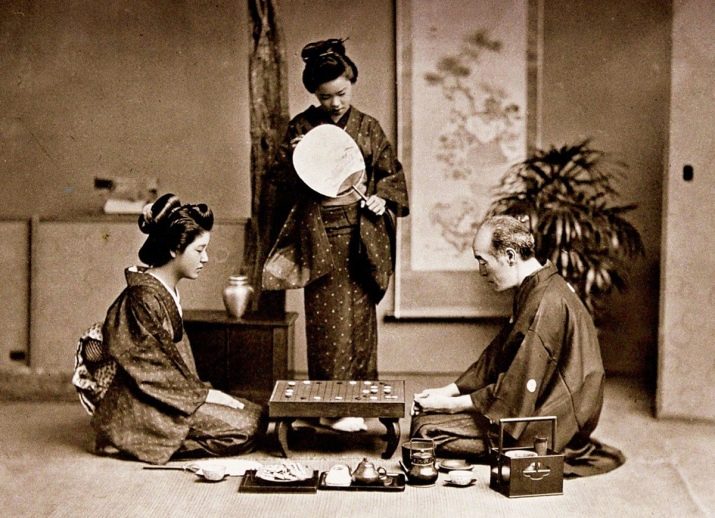
Utiva is a folding flat fan in the shape of a kind of fan.
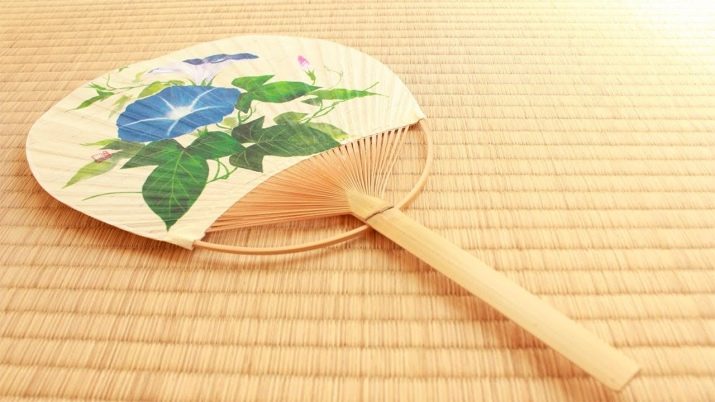
It was based on bamboo rods, usually 46, 64 or 80, fastened together with silk or washi (special paper). On both sides, the canvas could carry its own pattern, individual for each region.
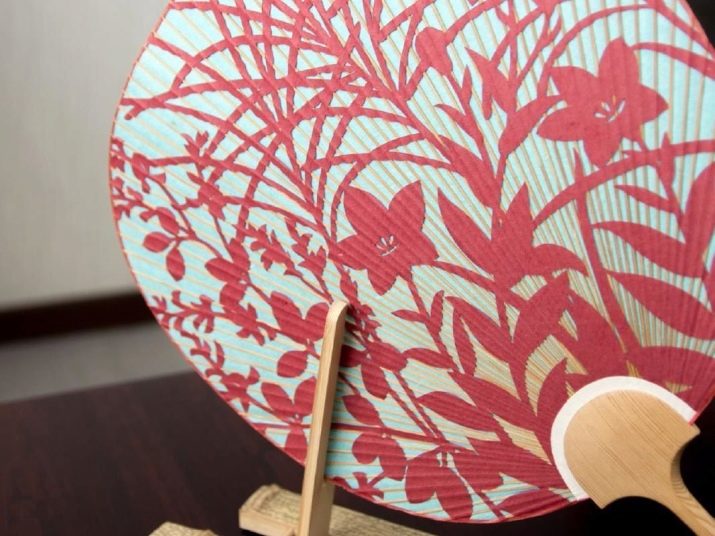
The shape could also vary, the utiva was made round, oval or square with rounded corners.
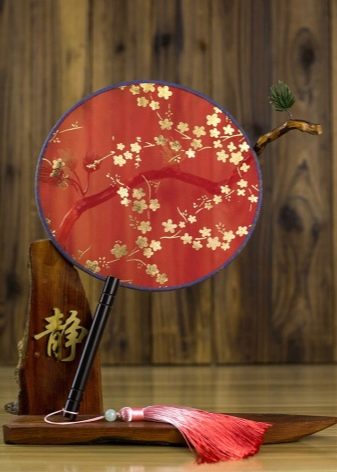
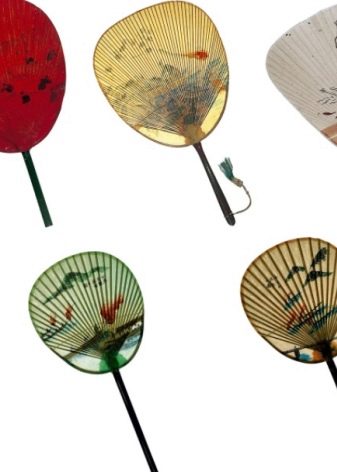
Gunbai, a special fan for fighting, was created in the likeness of an utiva fan., it was used by generals to facilitate commanding an army and signaling during battle.
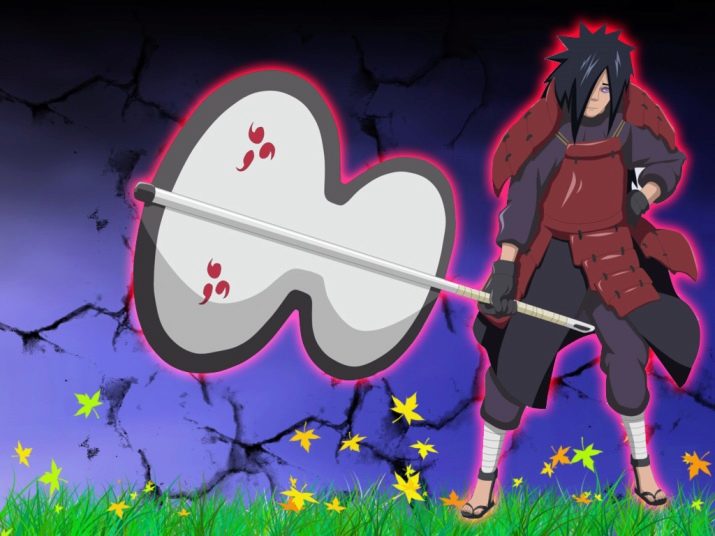
The gongbai's handle and edging were made of iron, while the main body was made of wood, coated with a water-resistant varnish. There were times when gongbai was performed entirely from iron, increasing its effectiveness in combat.
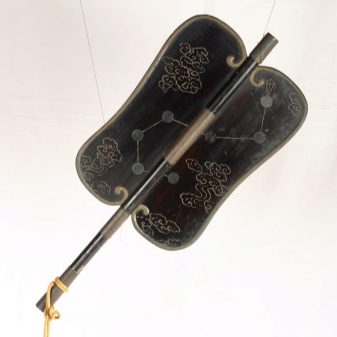
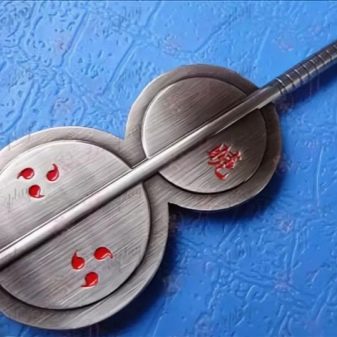
Now such fans are used in sumo, the judge shows them the winner.
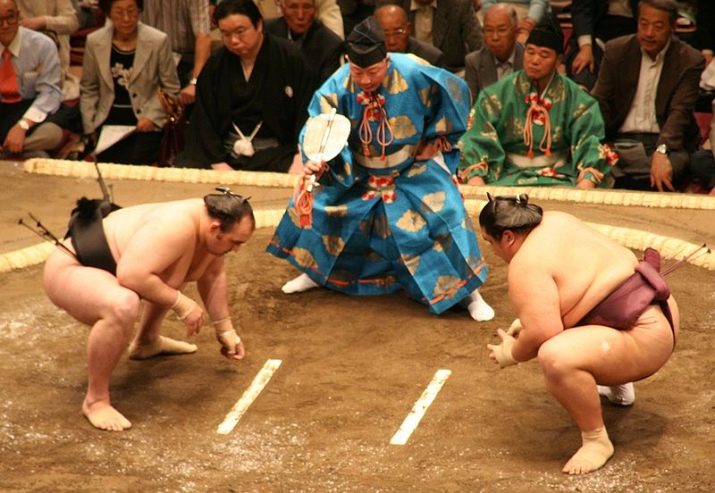
Another type of uchiha is the hotsukisen. It was made of bird feathers, and the design was tengu, a mystical bird-like inhabitant of the forests. Hotsukisen was distributed exclusively among the yamabushi (mountain priests) of the Shugendo Buddhist sect.
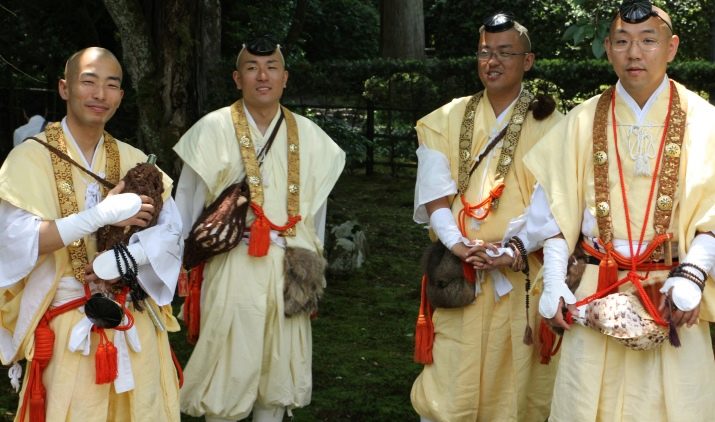
During the Edo period (1600-1868), uchiha began to gain popularity as a souvenir for travelers.utiha made for regional Shinto shrines were of great value. Around the same time, uchiha became popular among women, and in this regard, the design of fans began to change, images of kabuki theater actors or portraits of women in the ukiyo-e style began to appear on them.
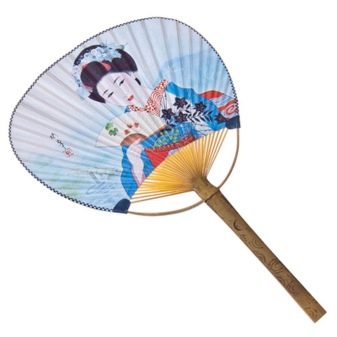
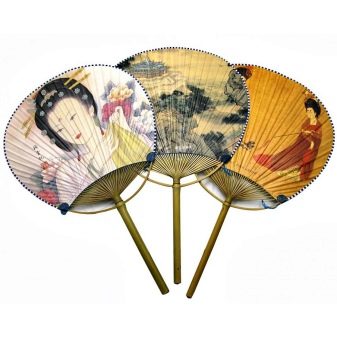
Large fans of the utiva were used in kabuki theater, but they no longer served to hide the faces of the actors, but to dance. Dances with large fans were very famous in Japan, they often formed the basis of many theater productions.

Senseu is a fan consisting of several metal or wooden plates that can fold and unfold. It was most commonly used as a weapon, but this was not its only function.
Senseu folding fans became the most popular at the court, being a distinctive sign of rank and position in society.
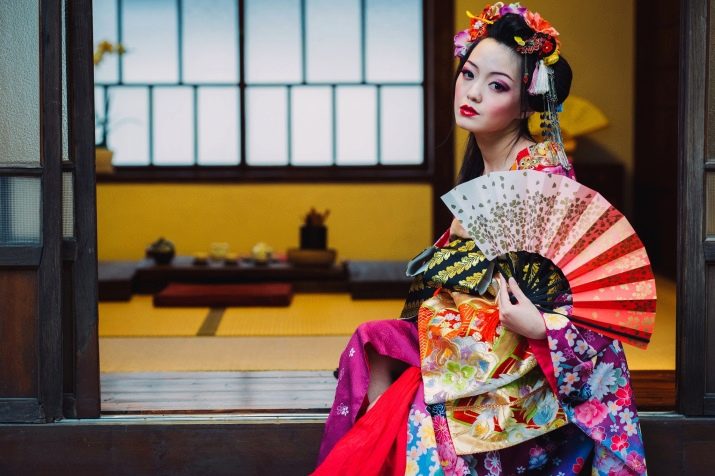
But the meaning of sensu will be lost over time. In the modern world, it is used more as an element of decor or a memorable souvenir for the holiday. However, fans made according to all the traditions of their ancestors are preserved and passed on from generation to generation.
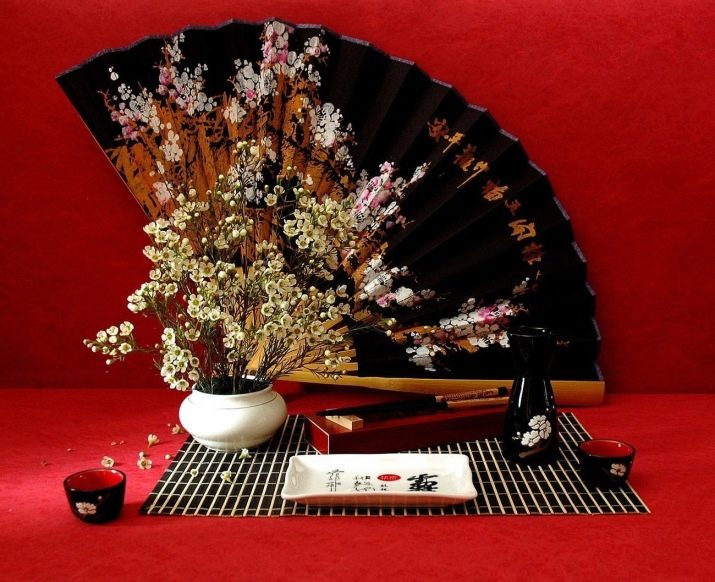
How to do it yourself
A hand-made fan can be an interesting decoration solution or a good summer gift. There are many techniques and ways to make a fan, but it is best to start with the simplest one, which is described below.
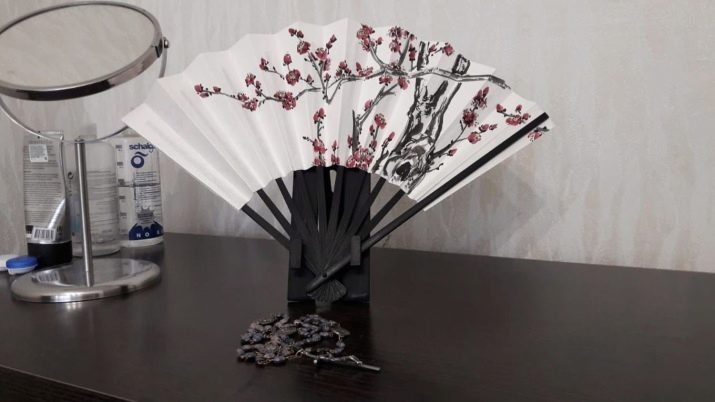
To perform a Japanese fan senseu, you will need:
- wrapping paper or special paper designed for origami; paper can be taken both plain and with various ornaments and drawings on the oriental theme;
- plain white paper;
- wooden sticks 28x1.2 cm, about 10 pieces;
- decorative pin 5 centimeters long;
- scissors, brushes and compasses;
- small pliers;
- stationery or any glue suitable for gluing paper and wood.
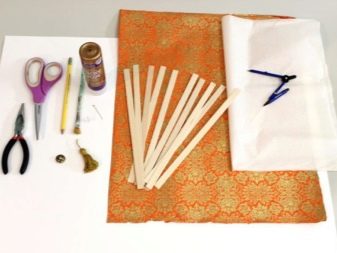
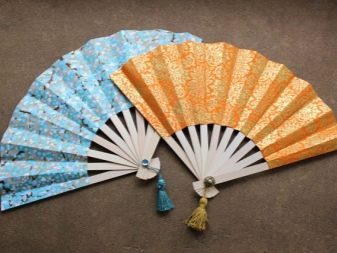
The work includes several steps.
- From the ends of each of the sticks you need to measure 2.6 cm, with a pencil mark a point exactly in the middle of the width of the stick. In place of the marked point, you need to make a narrow hole, this can be done with a pushpin.
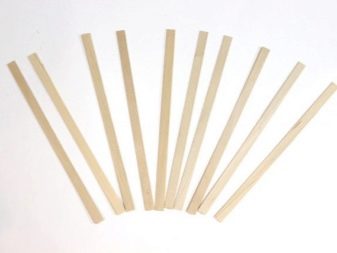
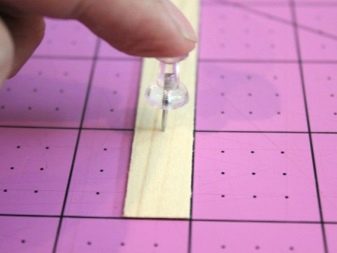
- Align all the sticks together so that the hole lines up and thread the pin through.
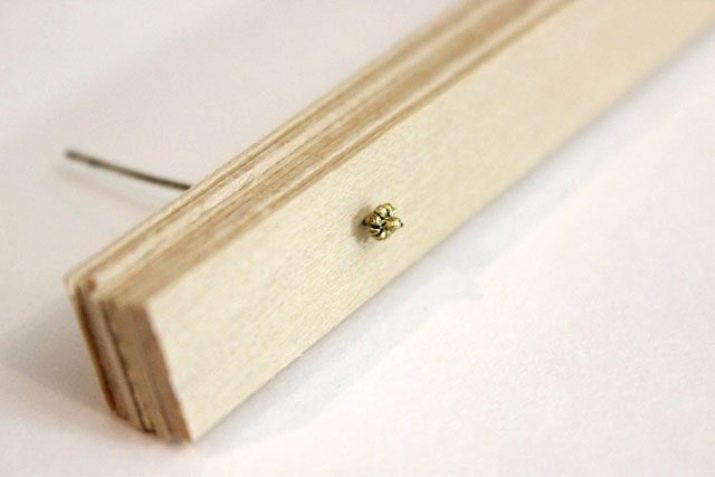
- Cut the sharp end of the pin with pliers. With the help of small pliers, you need to wrap the protruding end so that the sticks do not fall apart. Then on the folded end of the pin, you can glue a button that matches the oriental style.
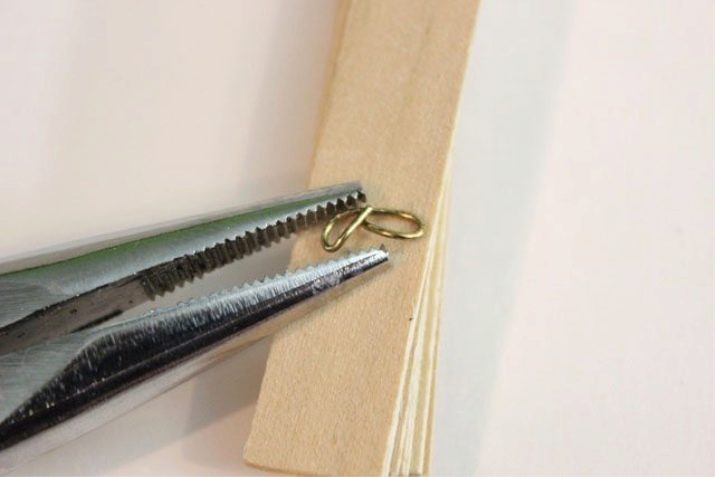
- A 36x45 cm rectangle is cut out of paper, on this rectangle, using a compass, we mark a semicircle with a radius of about 10 cm. Cut out the semicircle, but the part remaining from the rectangle will be used for the fan.
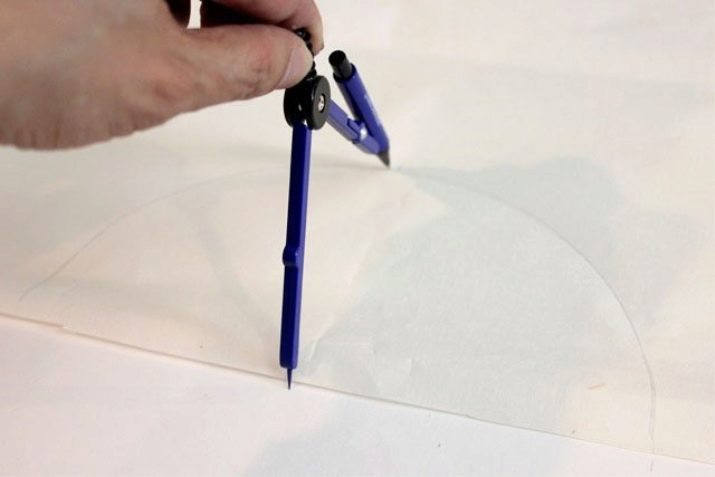
- We lay out our base on paper in such a way that the connecting lower part is in the center of the cut out semicircle, and about 10 cm of each stick lies in our semicircle. Also make sure that all the sticks are as even as possible.

- Gently pressing the wooden base to the paper, you need to circle them with a pencil, this is necessary so that later you can easily lay out the sticks on paper.

- On the other side of the sticks, where the paper will be located, you need to apply glue with a brush with a thin layer.

- Now we put our blank along the previously marked lines, gently press it against the paper, and wait for the glue to dry.
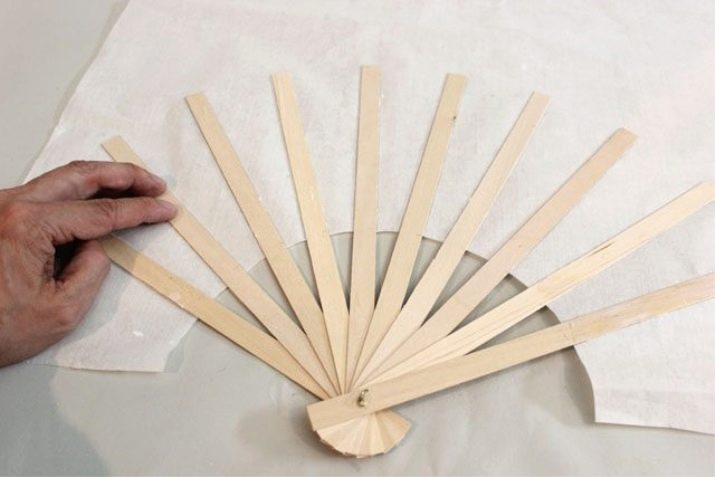
- We retreat from the top of the sticks about 2.5-3 cm. Cut the paper in a semicircle.
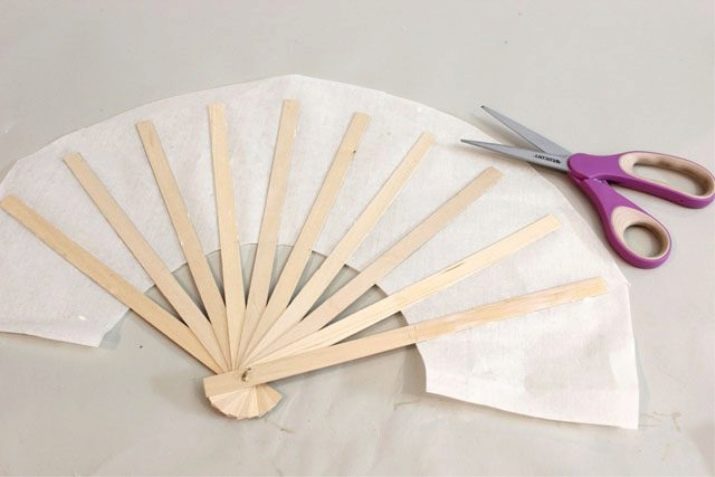
- Now the origami paper with the pattern of your choice comes into play, it will become the final material. With it, you need to do the same as before with white paper, take a rectangle, in it we draw a semicircle with a compass of a slightly smaller radius - 9.6 cm.
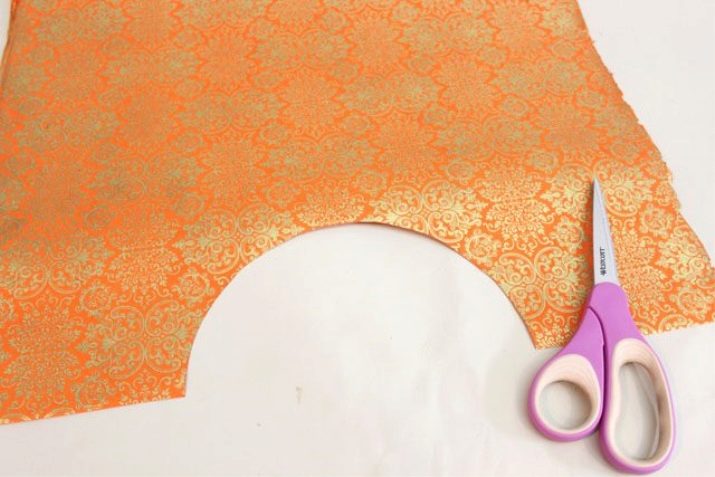
- Take the brush again and coat the second side of the sticks with a thin layer and the paper between them. This is necessary so that the patterned paper fits snugly against the base.
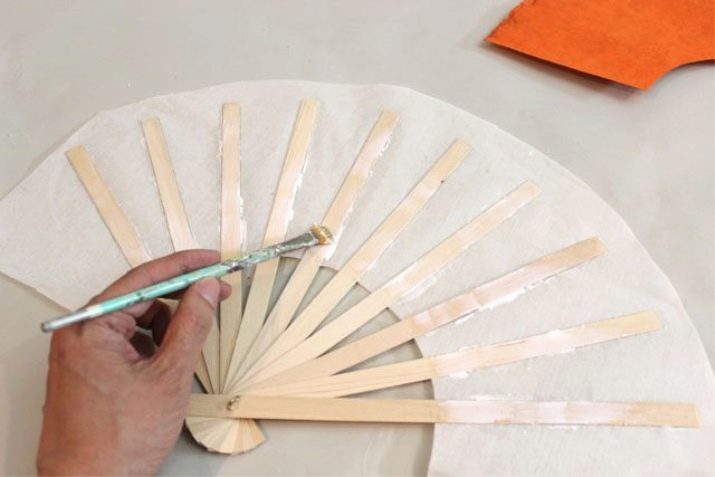
- We put the decorative paper with the back side in such a way that at the bottom it goes 0.5 cm beyond the border with ordinary white paper. We iron the paper well with our hand to remove excess air bubbles, and let the glue harden.

- Focusing on the wooden frame of the fan, carefully cut the paper that we left on the top of the fan.
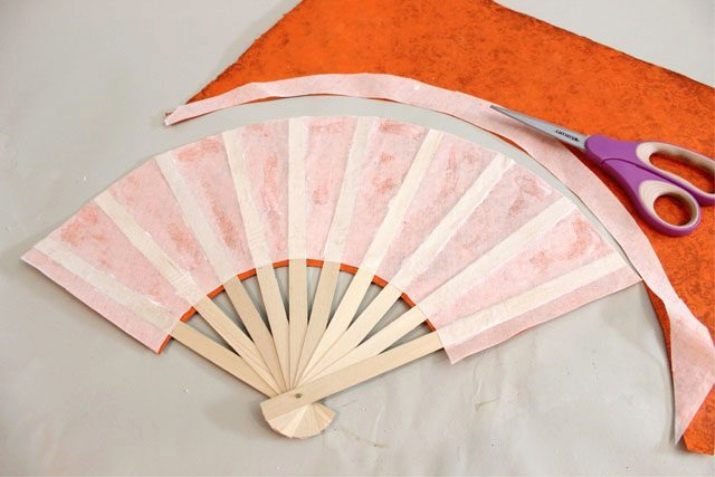
- We also cut off the paper on the sides, leaving only a small allowance of 1.6 cm. Cover the side sticks with glue and bend the allowance left by us, gently running our hand so that the paper sticks.
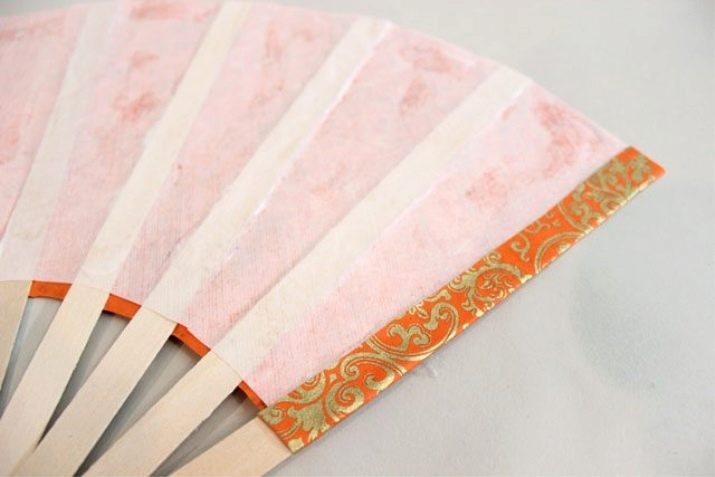
- We fold the fan, carefully starting from one side, gradually bending the sticks. Press the fan a little with your hand so that the folds are evened out.

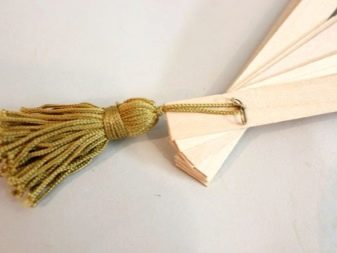
That's all, the fan is ready. It may not be perfect the first time, but practice will help you get the best results. You can decorate a room in a Japanese style with a fan, or give it to someone.

For a visual overview of how to create a Japanese senseu fan, see the following video.


